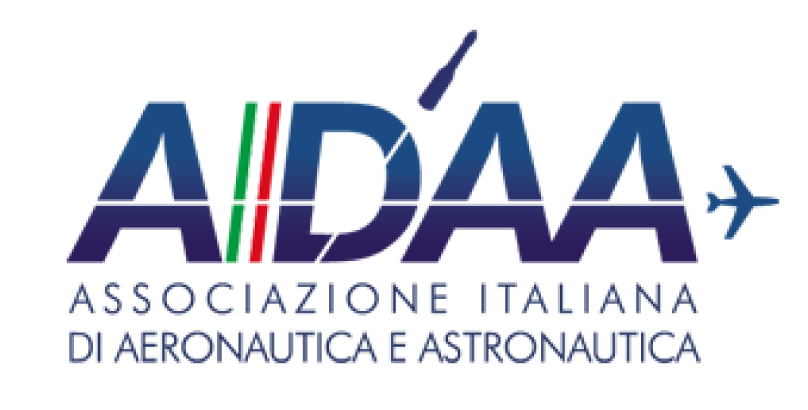
Aerothermodynamic and propulsive investigations to support pollutant and greenhouse gases emissions estimation of future high-speed vehicles
18 May 2022, 9:00-13:00 CEST
The design of a hypersonic civil aircraft flying at stratospheric altitudes is one of the most challenging tasks in modern aerospace due to the high integration needed among the different disciplines. Aerodynamics, propulsion, structures, materials, avionics, onboard subsystems are strictly linked, exchanging each other design requirements and parameters in such a way to fulfil system and mission requirements. The course discloses many of the lessons learned from the activities performed in the framework of the H2020 STRATOFLY project. Specifically, this course is organized into three main parts:
- Part 1 (2h: M. Marini and P. Roncioni): Aerodynamic and aerothermodynamic challenges for designing a hypersonic civil transport. Aerodynamic modelling and complete database development from subsonic to hypersonic (Mach 8) speed regimes. The exploitation of aerodynamic databases in mission analysis and trajectory calculation.
- Part 2 (1h: G. Saccone): 0D kinetic hydrogen/air combustion modelling and discussion on methodology to evaluate chemical pollutants and GHG emissions released by an Air-Turbo Rocket engine able to operate up to Mach 4.
- Part 3 (1h: L. Cutrone): Modelling of a Dual Mode Ramjet able to accelerate a hypersonic vehicle from Mach 4 to Mach 8. Details on modelling techniques for air-intake, isolator, and combustor. Discussion on engine performance and emissions database.
Participation
You need to buy one of the package list available here and use the Order ID assigned to you after purchase.
You need to Login for registration.

